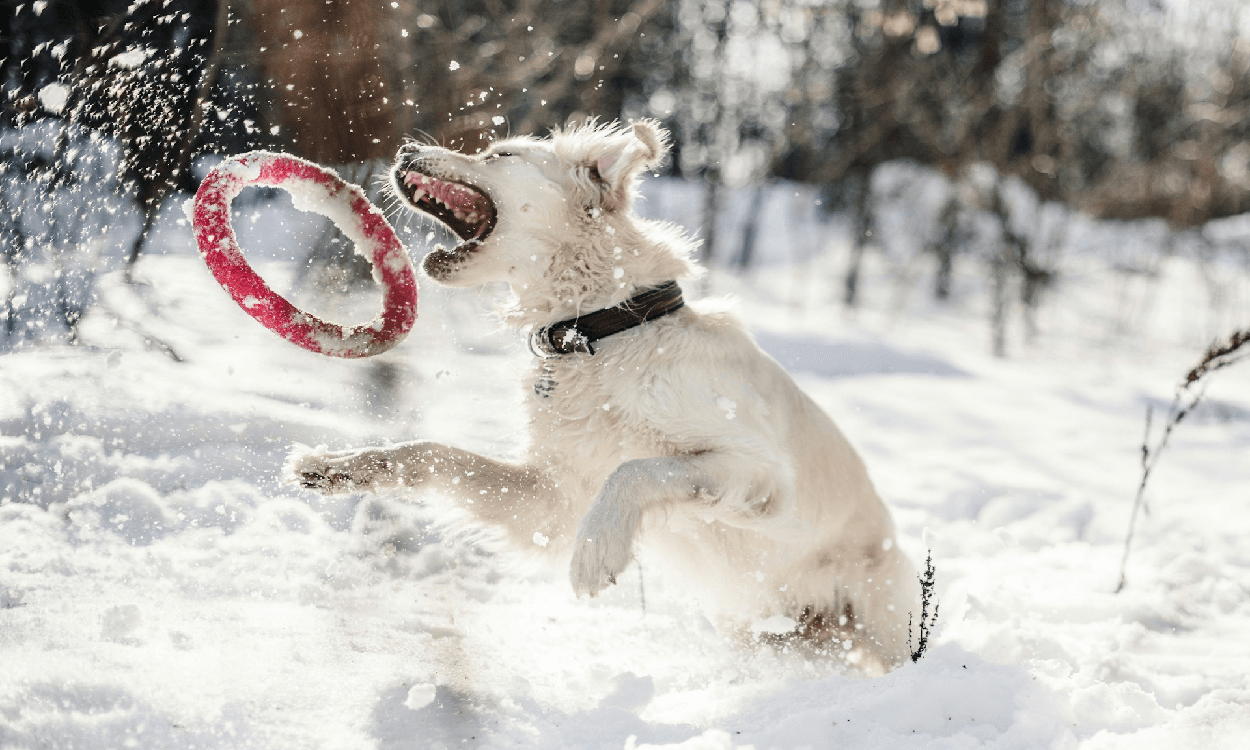
Dog Gait: What the Movement of Your Dog Says about Its Health
“Movement is a medicine for creating change in a person’s physical, emotional, and mental states.” This has as much applicability to man’s best friends as it has to humans themselves. Your dog’s gait, or movement, says many things about the health of the animal-even a very minor variation can indicate anything from the inception of discomfort, injury, and even chronic ailments such as arthritis.
As pet parents, we’re often fixated on what goes in the bowl, but when was the last time any one of us took a close watch at what happens when those furry family members trot around the yard? It’s time to start.
What Is Gait in Dogs?
The gait refers to the pattern of the limb movements in locomotion. There are four major forms:
- Walk: A steady, four-beat movement.
- Trot: A two-beat diagonal gait where left front and right back move in concert.
- Canter: A three-beat movement, usually used for medium speed.
- Gallop: The fastest, four-beat gait.
Each gait is a cadence that serves another purpose. Healthy dogs glide into and out of them with ease. Stiffness, limping, or an overt favouring of one leg over another raises suspicions.
Why Gait Matters: Gait analysis is not left solely to the vets; it’s a diagnostic device you can exploit to your own benefit as well as observe conditions of your canine. Changes in gait might suggest the following:
Arthritis or Joint pain: A stiffly walking, awkwardly veering dog compensates for pain in its joints.
Injury: Limping, lame walking, not placing weight upon the limb-testifies to its sprain or fracture
Neurological disorder: Sways or an unruly gait indicates a symptomatic spine disorder.
The sooner you identify these problems, the better the possibility of successful treatment. But here’s the clincher: many gait problems can be managed-or even prevented-with the right approach.
Natural Supplements: A Secret Weapon
Maintaining your dog’s gait isn’t just about reacting to problems. It’s about proactive care. That’s where natural supplements come into play.
Green-Lipped Mussel
One such superfood brimming with omega-3 fatty acids is excellent in joint health and inflammation. Thus, it proves pretty good for your dog’s when facing arthritis or after they have certain injuries which make their movements ill.
Deer Velvet Antler
This powerhouse, deer velvet antler, in aid of joints and cartilage, helps improve mobility and promotes faster recovery from strain.
Glucosamine and Chondroitin
These staples in joint health repair cartilage, reduce pain, and increase overall mobility. Think of them as lubrication for your dog’s joints.
Turmeric
This natural anti-inflammatory spice doesn’t just elevate your curry-it can reduce joint swelling and improve gait issues caused by arthritis.
Actionable Tips to Improve Your Dog’s Gait
Beyond supplements are some practical steps you can take in support of your dog’s mobility.
Observe Movement: Record your dog while walking or running. Compare these over time for subtle changes.
Maintain Weight: Extra pounds equal extra strain on joints. Keep your dog lean and active.
Massage and Stretch: Light massage and stretching can help ease stiffness and loosen up rigid joints.
Invest in Low-Impact Exercise: Swimming and controlled leash walks are excellent activities to help improve muscle tone without putting excessive strain on your dog’s joints.
Prioritize Quality Nutrition: A diet complete with anti-inflammatory ingredients supports general health and mobility.
When to See a Vet
Even the best home care has its own limitations. When you find constant limping, inability to stand, or any critical change in the gait of your dog, go ahead to your vet; sometimes being early can bring a huge difference.
Keep Him Moving
The movement of your dog is so much more than getting him from point A to B; it is, in fact, a peephole into his health and happiness. Conscientious about how they are moving-and being proactive with the addition of natural supplements-you set them up for a life full of tail wags and zoomies.
So, the next time your dog trots across the living room, take a closer look; that simple motion may be about to unlock the secret to their health.
